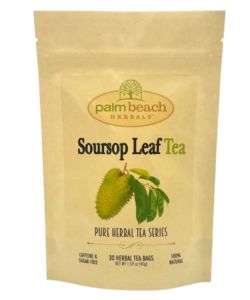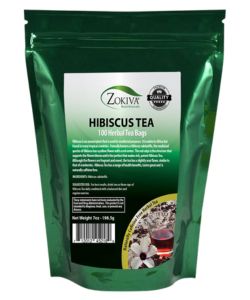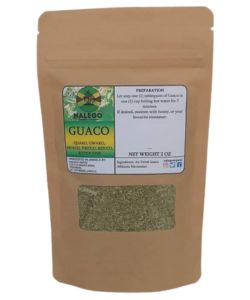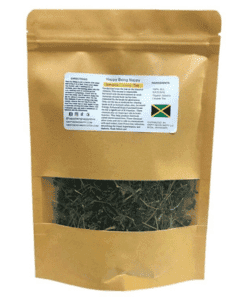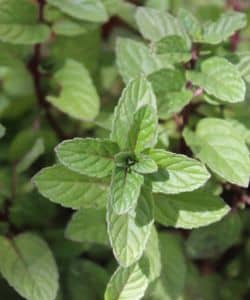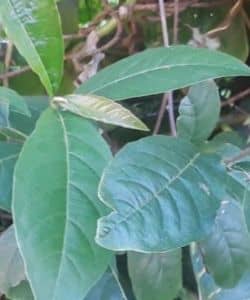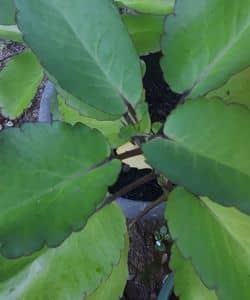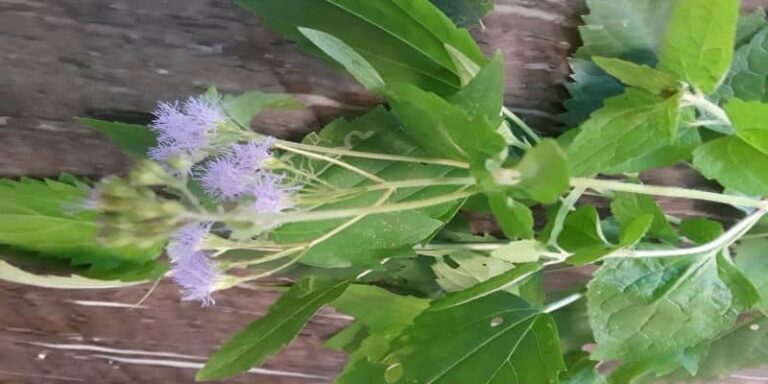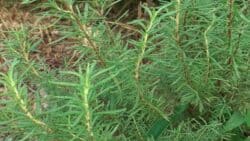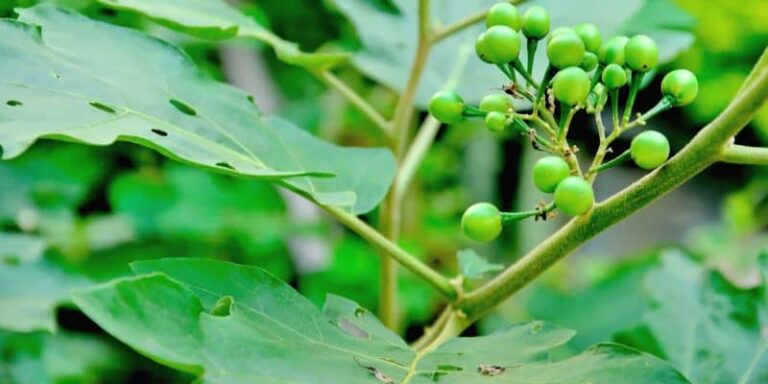Jamaica Bush Tea Shop
Jamaican Bush Teas Benefits and Uses
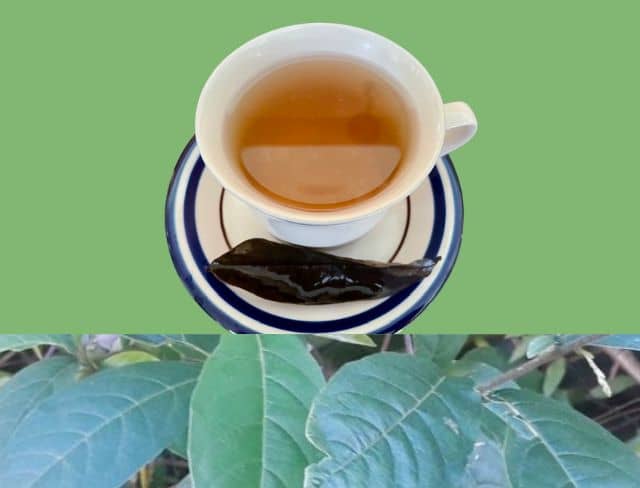
Jamaica Bush Tea shop is an online resource where we answer questions about Jamaican bush teas benefits. Learn how natives have used various Jamaican herbal teas to deal with common ailments for generations.
See what modern research says about various Jamaican tea herbs. And learn which herbs to use make bush teas, and which ones you may want to avoid. Follow us as we explore the stories behind the teas.
Popular Jamaican Bush Teas
#Ad | Discover Personalized Gifts For That Special Someone: Visit Etsy.Com

Drinking tea in Jamaica is a legacy of colonialism. There is a strong emotional bond between Jamaicans and their bush teas. Infact, consuming bush teas is one of the vital aspects of Jamaican culture that has endured over time.
This may be due to the abundance of plants and herbs on the island which allows natives to savor the distinctive flavors of herbal teas at any time.
Jamaican Tea Bush Herbs
Jamaica Bush Tea Shop | Popular Posts
Affiliate Disclosure
This website contains affiliate links. So if you buy a product after clicking a link, on the site I may be paid a small commission. Thank you for your generosity.
Even if you do not make a purchase from through this site, I hope you find the information valuable.
Affiliate Disclosure: As an Amazon affiliate, I may receive a small commission if you click a link here to make a purchase on Amazon.
